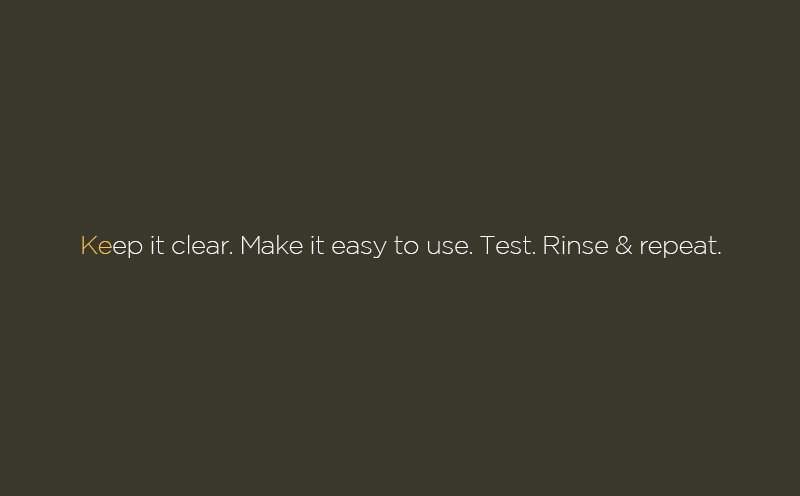Many SEO’s don’t worry about landing pages, but so many potential leads are lost on a poor landing page, that it’s worth talking about.
So what’s a landing page? A landing page is any page your visitors land on that serves the purpose of converting your visitor into a lead. These visitors are driven from online campaigns, search engine results, paid advertisements and so on.
The 4 Steps of Landing Page Planning
1. Keep Messaging Clear and Persuasive
Understanding your message is a key component to communicating it to your visitor. If you can’t clearly state your message in a few words and people do not understand it, you should question the value proposition. Dollar Shave Club does it right. You can understand what they’re offering, what it costs you, and how to proceed. This is the best way to ensure your visitors can make the decision quickly and confidently which keeps them interested in your product.
Dollar Shave Club does it right. You can understand what they’re offering, what it costs you, and how to proceed. This is the best way to ensure your visitors can make the decision quickly and confidently which keeps them interested in your product.
Also, make sure what people see when they land on your page is consistent with your ads and SERPs (Search Engine Result Pages). You don’t want to cause confusion right off the bat or you will increase your bounce rate; the percentage of people pressing the back button when they come to your page.
Use compelling imagery and spark empathy. People can form judgments about images in 13 milliseconds. That’s so fast that the imagery, color, text and message all have to be aligned, interesting and new.
2. Make Sure It’s Easy To Use
If your page is bulky, long, confusing, loud, etc… You might as well click the back button for your visitors. People want simple. They are willing to accept minimal amounts of interruption during their session on your page, but the harder to use and more complex the process, the quicker they will leave.

Looking for a place to stay? Airbnb knows that the visitors coming to their site have one purpose and that is to start checking out places to stay. They couldn’t have made this form any simpler. And, by keeping the search form on one line, they eliminated the long, laborious search criteria form. It’s not intimidating, it’s simple, and you can do your search in just a few seconds.
3. Setup Tests to Gain Valuable Insight
Are you tracking these pages with Google Analytics? Set up code on your site to track demographic and interest information about your site visitors. Setup goals that tell you the behavior of your visitors. Learn more about goal tracking here.

How you decide to test is up to you, but here are just a few options:
- Set up Heatmap Software
- Set up Funnel Conversions
- Set up Demographic & Interest Code
- Set up A/B Testing
Your first landing page can tell you a lot even if it doesn’t perform the way you expect. That’s okay, and it’s what experienced marketers expect. Set up a solid method of recording your results so that you can compare and contrast them easily. This is the science experiment of your brand. On one hand you may get one landing page to convert better over time. Yet, on the other hand you may see one campaign yield entirely different results from another campaign with no real explanation as to why. This leads us to our next step.
4. Rinse and Repeat
In all honesty this should be step one, because you want to use research for your plan right off the bat if possible. But, for the sake of this blog, let’s assume this is the first landing page campaign.
Using the information you’ve gathered, you should now have some pretty valuable data. Market research is great for targeting your audience, but their behavior is ANYONE’S guess. That’s what makes testing so important. Once you get the data, use this as a way to refine the other steps in your process. And, do yourself a favor by learning more detail about each of the steps.
Conclusion
Diving deeper into each element gives you the tools you need to pick apart and piece back together your landing page plan. Below are a couple good starting points and some of the references I used for this post. Take some time to read them and if you have any more questions, feel free to email me at dblane@swarmagency.com
